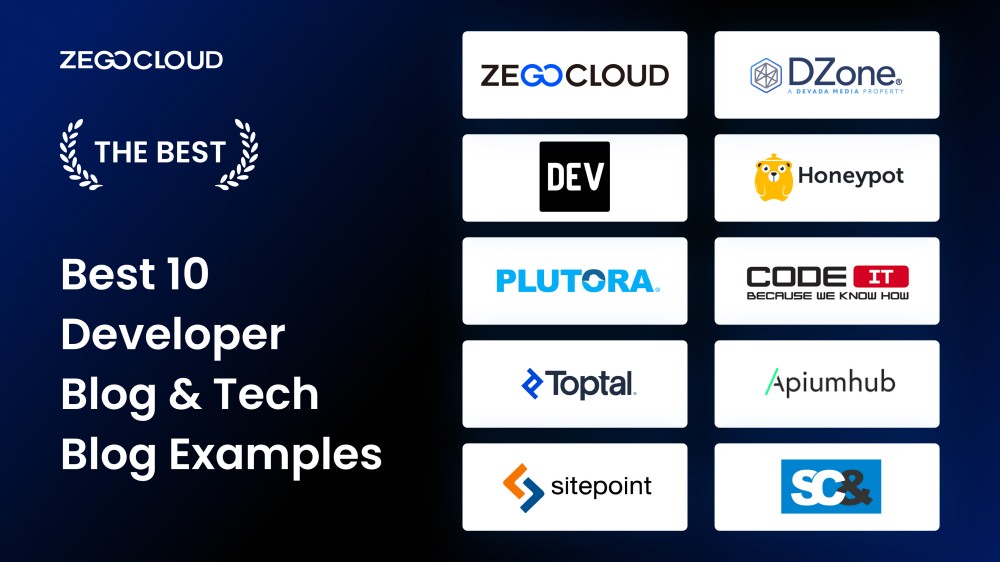Discover Thought-Provoking Articles on the Best tech blog for Tech Lovers
Discover Thought-Provoking Articles on the Best tech blog for Tech Lovers
Blog Article
Recognizing the Surge of Side Computing in Today's Digital Globe
In the quickly evolving landscape of modern technology, side computing becomes a critical force, improving how data is refined and made use of. This standard shift is driven by the proliferation of IoT devices and an escalating demand for rapid data handling. By transitioning data management closer to the resource, side computer addresses essential latency problems while optimizing bandwidth use and boosting safety and security measures. As industries pivot towards smarter, a lot more reliable systems, understanding the subtleties and implications of this technological improvement becomes essential. What does this mean for future advancements and the digital ecosystem as a whole?
What Is Edge Computer
Side computing, although a relatively current improvement in the realm of technology, fundamentally changes exactly how data is processed and handled by bringing computation and information storage closer to the location where it is needed. Unlike standard cloud computing versions, which frequently depend on central data facilities that can be geographically distant, edge computer decentralizes information handling. This distance decreases latency, boosts real-time information processing, and improves the overall individual experience by making sure much faster action times.
At its core, side computer includes a network of local gadgets and framework, such as gateways, routers, and sensing units, with the ability of processing data at or near the resource. This localized handling capacity is particularly crucial for applications needing instant data evaluation, such as independent lorries, commercial automation, and clever cities. In addition, by offloading data processing jobs from central servers, side computing decreases transmission capacity needs and boosts data personal privacy and protection, as sensitive info can continue to be on-site rather than passing through substantial networks.

Secret Motorists of Adoption
A number of factors are pushing the adoption of side computer in today's digital landscape. Side computing addresses this requirement by making it possible for information processing closer to the information source, reducing latency and enhancing real-time decision-making capabilities.
An additional significant driver is the need for improved bandwidth performance. Central cloud systems can become overwhelmed with the sheer volume of information created by IoT devices, bring about traffic jams (Best tech blog). By refining data at the side, organizations can reduce network congestion and improve overall system efficiency
Moreover, protection and personal privacy problems are pushing companies toward edge computer. By processing sensitive information locally, companies can minimize risks associated with information transmission and direct exposure to possible cyber hazards.
The surge of applications calling for real-time processing, such as autonomous cars and increased truth, also necessitates the fast response times that edge calculating provides. Collectively, these motorists are making edge calculating an essential part of modern-day IT framework, leading the way for its widespread adoption across different sectors.
Benefits Over Cloud Computer
Just how does edge computer identify itself from standard cloud computer? Primarily, edge computing brings data handling closer to the resource of information generation, typically on local gadgets or neighboring web servers, instead than relying on centralized information.
Moreover, side computer boosts bandwidth effectiveness (Best tech blog). By processing data locally, just the required information is sent to the cloud for additional analysis or storage space, reducing the volume of information that traverses the network. This not just eases network congestion but likewise lowers information transmission prices
Edge computer likewise uses improved data privacy and protection. Delicate data can be refined locally without Home Page being sent to the cloud, reducing the exposure to possible cyber hazards. This is especially helpful for industries dealing with personal details, such as healthcare and monetary solutions.
Furthermore, edge computer ensures greater resilience and dependability. Neighborhood handling enables for proceeded procedure also when connectivity to the cloud is compromised, maintaining essential functions and solutions despite possible network disruptions. These advantages collectively demonstrate edge computing's transformative capacity in optimizing performance and safety in digital ecosystems.
Challenges and Considerations
While side computer provides numerous benefits, it likewise offers distinct obstacles and factors to consider that need to be addressed to totally realize its capacity. In addition, handling and keeping track of a decentralized network of edge gadgets can be complex, requiring advanced tools and methods to ensure smooth procedure and maintenance. Best tech blog.
An additional consideration is the scalability of edge computer remedies. As the variety of linked tools grows, so does the need for refining power at the edge, which can result in resource restraints. Organizations should meticulously intend their facilities to fit this growth without jeopardizing performance or effectiveness.
Interoperability is another critical aspect. With different hardware and software application elements included, ensuring compatibility and seamless assimilation can be challenging. Standardization efforts are necessary to promote interaction between diverse systems.
Future Patterns in Edge Computer
Expecting the future, edge computer is positioned to reinvent various markets by making it possible for much faster information handling and decreasing latency. As the quantity of data created by IoT gadgets visit our website remains to expand, edge computer will end up being increasingly essential in handling this increase efficiently. One considerable trend is the combination of expert system at the edge, enabling real-time analytics and decision-making without depending on cloud-based sources. This shift is anticipated to enhance applications in self-governing automobiles, clever cities, and healthcare, where immediate information handling is critical.
An additional emerging pattern is the advancement of edge-native applications developed particularly to utilize the one-of-a-kind abilities of edge computer. These applications will certainly optimize performance and resource utilization, resulting in increased performance across numerous sectors. Moreover, improvements in 5G technology will certainly even more strengthen side computer by offering the needed facilities for high-speed, low-latency interaction between gadgets and edge nodes.
Verdict
Side computer's increase is driven by the proliferation of IoT gadgets and the need for real-time information processing, which improves efficiency by lowering latency and decentralizing information administration. This technique minimizes transmission capacity inadequacies and protection concerns, helping with innovations in applications like wise cities and independent automobiles. Despite difficulties such as infrastructure complexity and integration, the future of side this page computer assures an extra responsive digital community, with continued technologies forming its advancement and expanding its applicability across industries.
Side computer, although a fairly current advancement in the realm of innovation, fundamentally transforms exactly how information is processed and taken care of by bringing calculation and data storage space closer to the location where it is required. Unlike conventional cloud computer designs, which often depend on centralized information centers that can be geographically distant, edge computing decentralizes information handling. Additionally, by unloading data processing tasks from central servers, edge computing lowers bandwidth demands and improves data personal privacy and safety and security, as sensitive information can continue to be on-site rather than passing through comprehensive networks.

Report this page